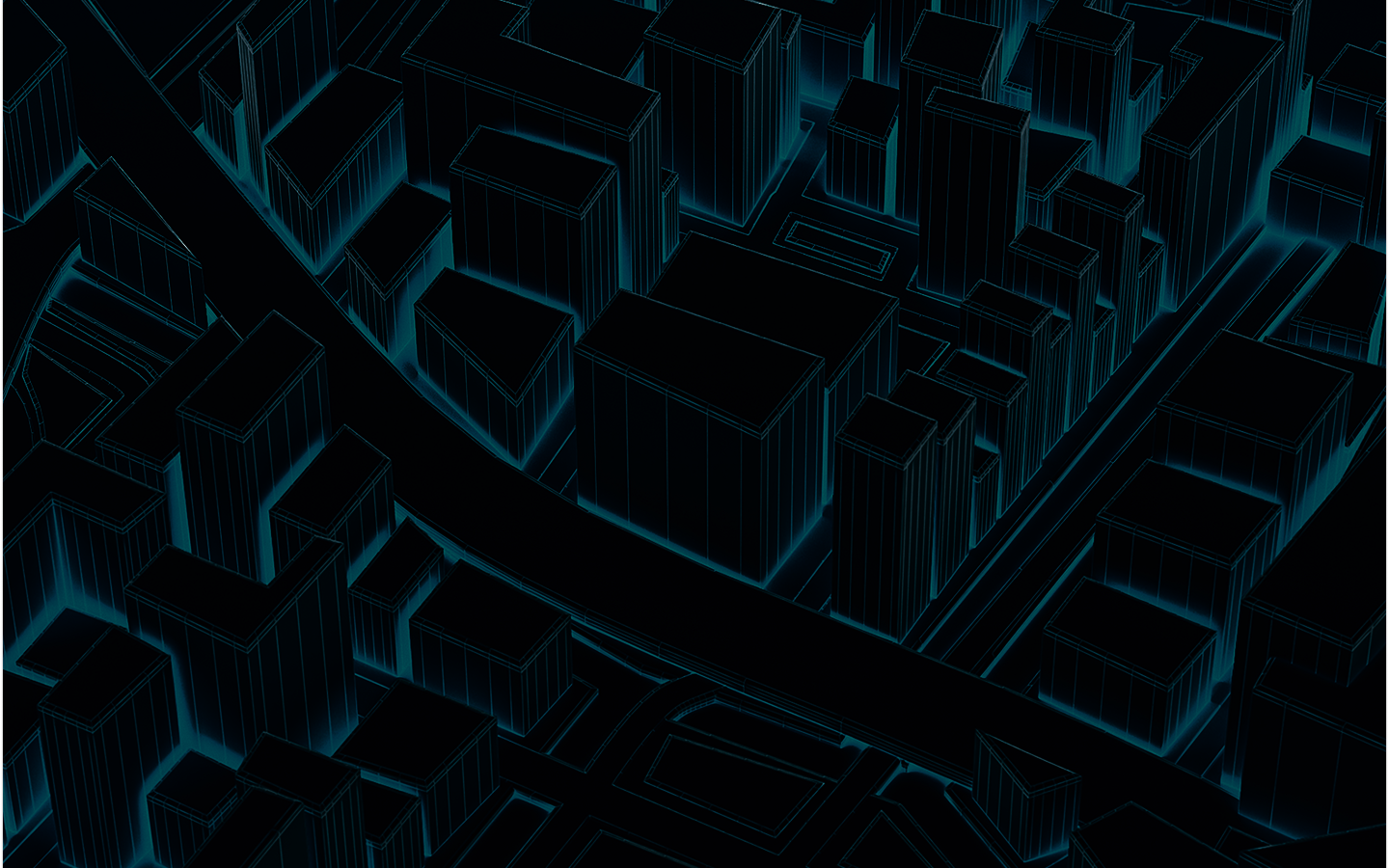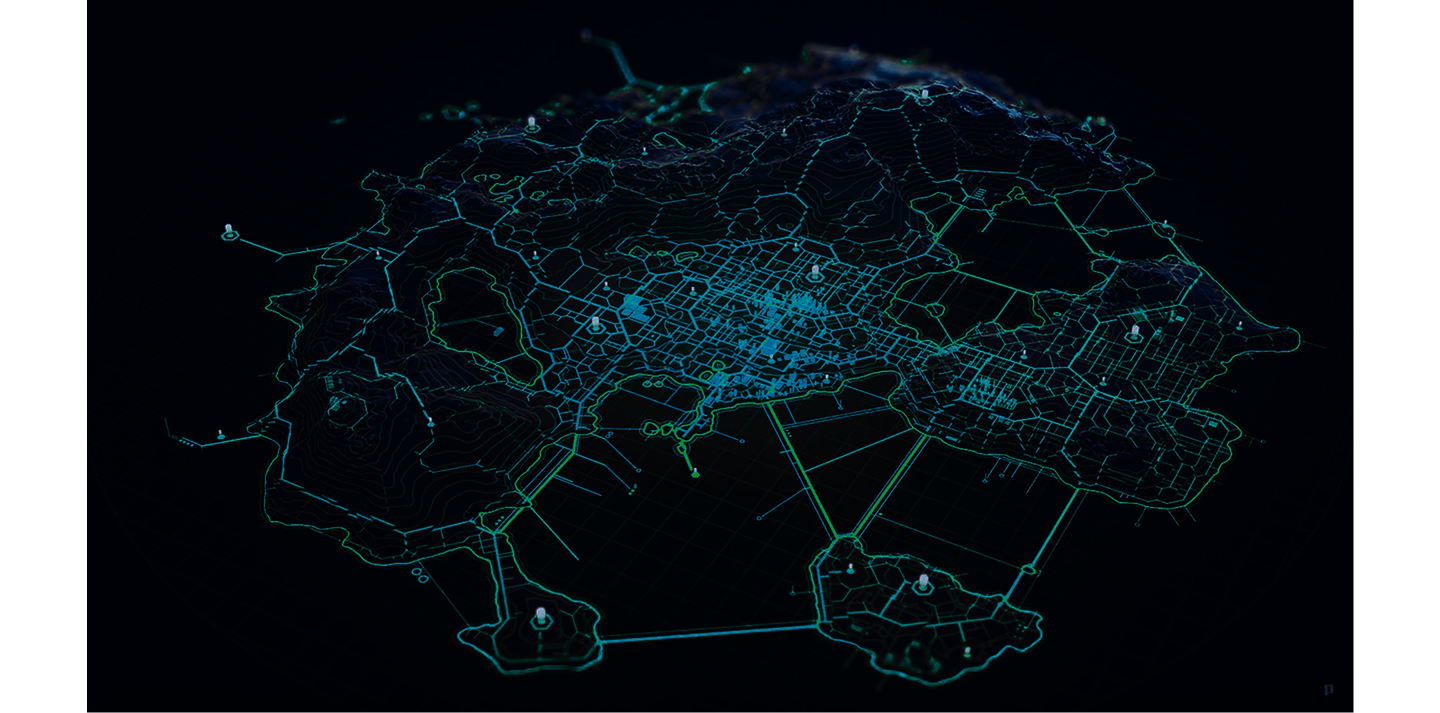



Atlas Twin is a pioneering technology company at the forefront of the digitalization revolution, specializing in creating immersive digital experiences through Virtual Reality (VR), Augmented Reality (AR), and Digital Twin solutions since 2021. With a mission to empower businesses and individuals to navigate the digital frontier, we offer innovative, tailor-made solutions across various industries, including education, entertainment, real estate, automotive, and retail. Our team of experts is dedicated to seamlessly integrating virtual worlds into everyday life, providing transformative experiences that enhance engagement, efficiency, and creativity.

Accurate representations of complex systems require robust maps and spatial analytics from geographic information system (GIS) technology.
Digital twins go beyond 3D models as they reflect change over time—showing historic, current, and future states.
From single facilities to large built and natural systems, geospatial digital twins scale to meet changing needs.
Digital twins continuously collect data from physical assets, keeping the virtual model updated in real-time. This is achieved through sensors and other data collection tools. Real-time data is essential for monitoring processes and making quick interventions.
Geospatial digital twins provide unparalleled context and high-resolution data integration for better business decisions.
Digital twins continuously collect data from physical assets, keeping the virtual model updated in real-time. This is achieved through sensors and other data collection tools. Real-time data is essential for monitoring processes and making quick interventions.
A digital twin must accurately represent the physical asset. This requires precise modeling of the system’s mathematical, physical, and behavioral characteristics. Inaccurate or incomplete data can compromise the validity of simulations and analyses.
Digital twins should be able to simulate and predict future events and scenarios. By testing different scenarios, the system’s performance can be optimized, and potential issues can be identified in advance.
Digital twins must have the ability to adapt to continuously changing conditions. Supported by machine learning and artificial intelligence algorithms, a digital twin can learn from past data and make more accurate predictions in the future.
Digital twins enable continuous monitoring of physical assets, allowing for early detection of malfunctions or performance drops. This helps reduce maintenance costs and improve operational efficiency.
A digital twin should have an interface that allows users to easily interact with the data. Visualization, data analytics tools, and user-friendly control mechanisms make decision-making easier and make the digital twin more accessible.
Geospatial digital twins provide unparalleled context and high-resolution data integration for better business decisions.
![[object Object]](/images/DigitalTwinCard1.png)
A digital twin is a virtual representation of reality, including physical objects, processes, and relationships. When built on a foundation of geography, it becomes a geospatial digital twin.A digital twin is a virtual representation of reality, including physical objects, processes, and relationships. When built on a foundation of geography, it becomes a geospatial digital twin.A digital twin is a virtual representation of reality, including physical objects, processes, and relationships. When built on a foundation of geography, it becomes a geospatial digital twin.A digital twin is a virtual representation of reality, including physical objects, processes, and relationships. When built on a foundation of geography, it becomes a geospatial digital twin.
![[object Object]](/images/DigitalTwinCard2.png)
A digital twin is a virtual representation of reality, including physical objects, processes, and relationships. When built on a foundation of geography, it becomes a geospatial digital twin. A digital twin is a virtual representation of reality, including physical objects, processes, and relationships. When built on a foundation of geography, it becomes a geospatial digital twin. A digital twin is a virtual representation of reality, including physical objects, processes, and relationships. When built on a foundation of geography, it becomes a geospatial digital twin. A digital twin is a virtual representation of reality, including physical objects, processes, and relationships. When built on a foundation of geography, it becomes a geospatial digital twin.
![[object Object]](/images/DigitalTwinCard3.png)
A digital twin is a virtual representation of reality, including physical objects, processes, and relationships. When built on a foundation of geography, it becomes a geospatial digital twin. A digital twin is a virtual representation of reality, including physical objects, processes, and relationships. When built on a foundation of geography, it becomes a geospatial digital twin. A digital twin is a virtual representation of reality, including physical objects, processes, and relationships. When built on a foundation of geography, it becomes a geospatial digital twin. A digital twin is a virtual representation of reality, including physical objects, processes, and relationships. When built on a foundation of geography, it becomes a geospatial digital twin.
![[object Object]](/images/DigitalTwinCard4.png)
A digital twin is a virtual representation of reality, including physical objects, processes, and relationships. When built on a foundation of geography, it becomes a geospatial digital twin. A digital twin is a virtual representation of reality, including physical objects, processes, and relationships. When built on a foundation of geography, it becomes a geospatial digital twin. A digital twin is a virtual representation of reality, including physical objects, processes, and relationships. When built on a foundation of geography, it becomes a geospatial digital twin. A digital twin is a virtual representation of reality, including physical objects, processes, and relationships. When built on a foundation of geography, it becomes a geospatial digital twin.
Atlas Twin is a cutting-edge technology platform designed to create end- to-end digital twins. Over the years, we have gained significant expertise in developing human-scale digital twins. In the past three years, we've shifted our focus to city- scale digital twin projects, which have pushed the boundaries of our technology and established us as a key player on a global scale.